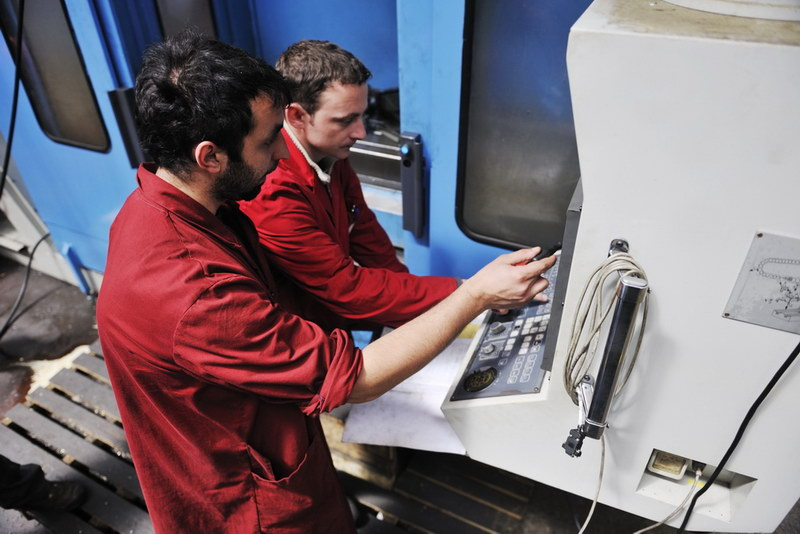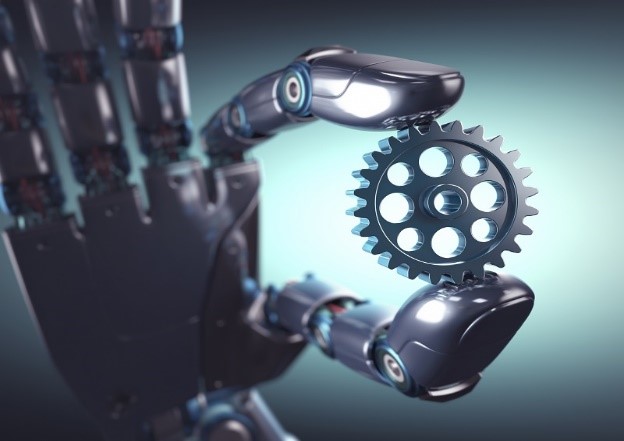A team of mechatronics engineering  students from the University of Chandigarh (India) has developed an IoT-based medical care system that allows those who professionally assist a patient to understand their needs better.
students from the University of Chandigarh (India) has developed an IoT-based medical care system that allows those who professionally assist a patient to understand their needs better.
The device is mainly indicated for patients with physical disabilities, older adults and those who have severe medical conditions, as they have a fragile state of health and often resort to gestures to satisfy their needs.
Team member Mayank Verma said: “The idea came when we visited a hospital where I saw a paralytic patient who could not talk asking for water, and there was no one to take care of him.”
How the device works
The system is based on a series of receptors that can be connected to the patient’s hand. Whenever the patient needs assistance, moving his hand sends a notification to his assistant, who can help him perform certain activities such as taking medicines, eating, going to the toilet, and others.
The device contains an IoT card, gesture sensors, power circuits, Wi-Fi modules, an LCD screen with a speaker and can also be connected to online voice systems such as Google Assistant and Amazon Alexa.
Vivek Chauhan, another member of the team, said: “One of the main tasks of the assistance system is to continue to monitor all the factors a patient might need to be treated and the number of times requested, storing essential statistics such as heart rate, BP level, blood glucose monitoring and others. “.
Lalit Yadav, his colleague and team member also added: “Another feature of the system is that it is integrated with an automatic water supply system in which water is slowly dripped into the patient’s mouth as soon as he receives the command”.
The team is working on a solution to reduce costs and make their device more accessible to anyone
read more source
 students from the University of Chandigarh (India) has developed an IoT-based medical care system that allows those who professionally assist a patient to understand their needs better.
students from the University of Chandigarh (India) has developed an IoT-based medical care system that allows those who professionally assist a patient to understand their needs better.
The device is mainly indicated for patients with physical disabilities, older adults and those who have severe medical conditions, as they have a fragile state of health and often resort to gestures to satisfy their needs.
Team member Mayank Verma said: “The idea came when we visited a hospital where I saw a paralytic patient who could not talk asking for water, and there was no one to take care of him.”
How the device works
The system is based on a series of receptors that can be connected to the patient’s hand. Whenever the patient needs assistance, moving his hand sends a notification to his assistant, who can help him perform certain activities such as taking medicines, eating, going to the toilet, and others.
The device contains an IoT card, gesture sensors, power circuits, Wi-Fi modules, an LCD screen with a speaker and can also be connected to online voice systems such as Google Assistant and Amazon Alexa.
Vivek Chauhan, another member of the team, said: “One of the main tasks of the assistance system is to continue to monitor all the factors a patient might need to be treated and the number of times requested, storing essential statistics such as heart rate, BP level, blood glucose monitoring and others. “.
Lalit Yadav, his colleague and team member also added: “Another feature of the system is that it is integrated with an automatic water supply system in which water is slowly dripped into the patient’s mouth as soon as he receives the command”.
The team is working on a solution to reduce costs and make their device more accessible to anyone
read more source





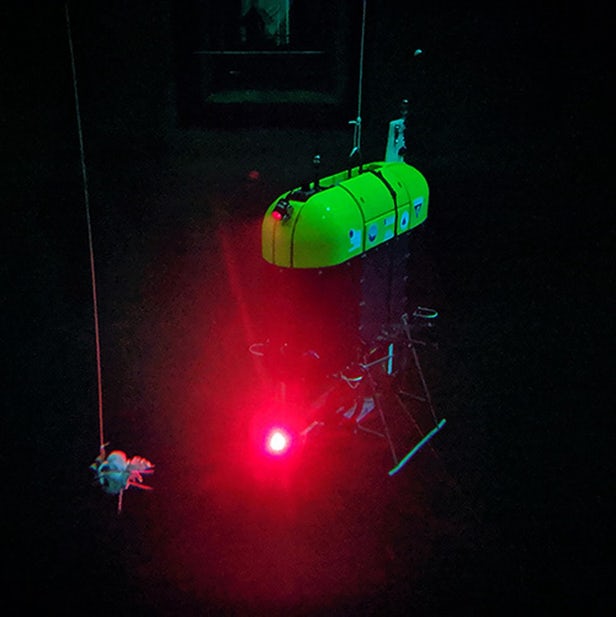
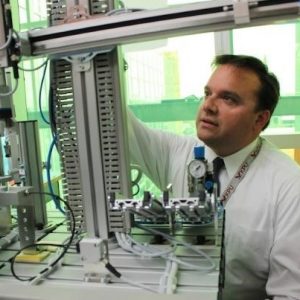



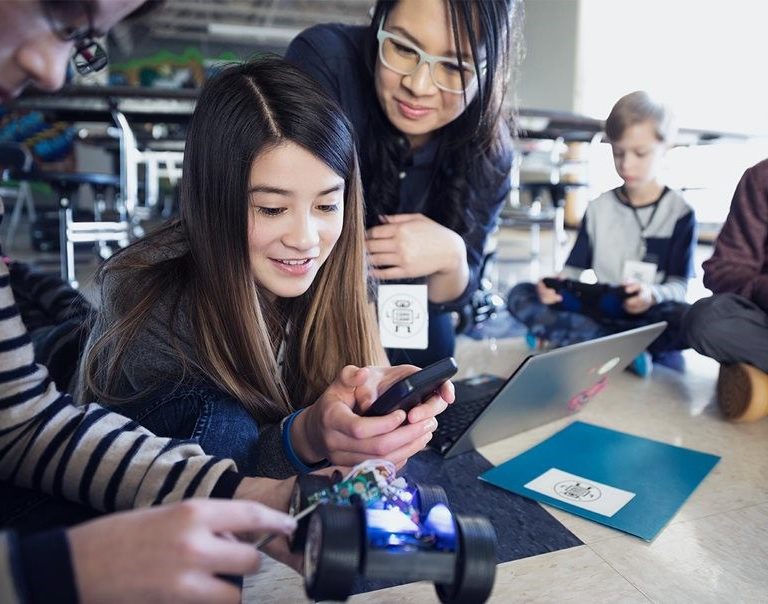



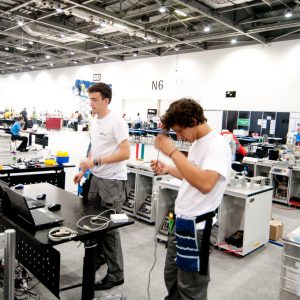 Why is that? The mechanical field is in second place among the most popular degrees. Yet, it is a paradox, the difficulty of finding graduates in the mechanical-mechatronic field is increasing: from 2017 to 2018 it has gone from 35% to 42%. And this make us think on how the next school year, 2019-2020, of all those enrolled in technical institutes in the technology sector, only 15% chose the mechanical/mechatronic path. In absolute numbers, we are talking about 17,000 students. Nothing compared to the employment needs expressed by the sector.
“The most requested figures from a 4.0 point of view”, says Federico Visentin, vice-president of Federmeccanica with responsibility for education, “are technicians for automation and mechatronic systems; technicians for the management and maintenance and use of industrial robots; industrial plant designers and operators for programming numerical control machines”. This shortcoming depends not only on an insufficient quantitative offer, but also on inadequate levels of preparation, due to deficiencies in the training system.
“We are doing our part – adds Visentin -. The national network of mechatronic technical institutes will soon take off. The aim is to exchange good practices in aligning the training needs of the supply chain and in updating curricula. In this sense, Federmeccanica is committed, through its participation in the European project NEW METRO, which involves 7 countries, to defining a mechatronic curriculum, in terms of training contents and teaching methods, for ITS (Technical Schools) validation at European level. More generally, there is a need to promote a culture that is favourable to business, which is lacking in Italy. On the contrary, it seems that we are going in the opposite direction”.
Why is that? The mechanical field is in second place among the most popular degrees. Yet, it is a paradox, the difficulty of finding graduates in the mechanical-mechatronic field is increasing: from 2017 to 2018 it has gone from 35% to 42%. And this make us think on how the next school year, 2019-2020, of all those enrolled in technical institutes in the technology sector, only 15% chose the mechanical/mechatronic path. In absolute numbers, we are talking about 17,000 students. Nothing compared to the employment needs expressed by the sector.
“The most requested figures from a 4.0 point of view”, says Federico Visentin, vice-president of Federmeccanica with responsibility for education, “are technicians for automation and mechatronic systems; technicians for the management and maintenance and use of industrial robots; industrial plant designers and operators for programming numerical control machines”. This shortcoming depends not only on an insufficient quantitative offer, but also on inadequate levels of preparation, due to deficiencies in the training system.
“We are doing our part – adds Visentin -. The national network of mechatronic technical institutes will soon take off. The aim is to exchange good practices in aligning the training needs of the supply chain and in updating curricula. In this sense, Federmeccanica is committed, through its participation in the European project NEW METRO, which involves 7 countries, to defining a mechatronic curriculum, in terms of training contents and teaching methods, for ITS (Technical Schools) validation at European level. More generally, there is a need to promote a culture that is favourable to business, which is lacking in Italy. On the contrary, it seems that we are going in the opposite direction”.

